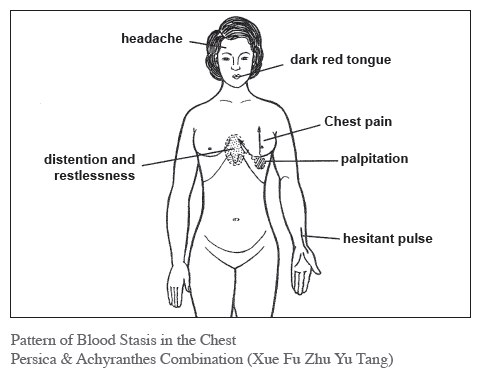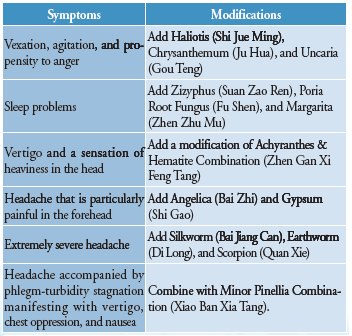SUN TEN Quarterly Newsletter Summer 2010: The Treatment of Hypertension with Traditional Chinese Medicine
The Treatment of Hypertension with Traditional Chinese Medicine
By Dr. Mao-chuan Guo
Hui-an TCM Clinic
Despite the fact that hypertension is a widespread illness, scientists still do not have a complete understanding of its causes. Clinical researches indicate that the primary factors involved are disruption of the cerebral cortex, hormonal imbalances, and problems with arterial vasomotor functioning. Clinical manifestations of hypertension include increased arterial pressure as well as late stage complications, such as heart, brain, and kidney pathology. Hypertension is classified as either slow progressing or rapid progressing. Slow progressing hypertension develops gradually with no obvious symptoms, or mild symptoms, such as headache, insomnia, and dizziness in the early stages. In its later stages, damage may occur to the brain, heart, and kidneys as well as other important organs, such as hypertensive heart disease, hypertensive cerebrovascular disease, and renal damage. If such pathologies are left to progress, it may lead to heart failure, cerebral hemorrhage, or renal failure, and even life threatening.

In TCM theory, hypertension would fall under the categories of headache, dizziness, and liver wind. High blood pressure is thought to be the result of damages caused by emotions, such as vexation, anger, worry, and excessive deliberation, which cause liver Qi to become constrained and bound. Later, constrained Qi may transform into fire, which damages liver Yin. Liver Yin would then be unable to hold Yang, which develops into hyperactive liver Yang and further progresses to engender signs of wind and fire. Other causes include an unbalanced diet with a predilection for fats and sweets. Such a diet is harmful to the spleen and stomach, and leads to the production of internal damp-turbidity, which can stagnate and develop into heat. Such heat gradually scorches the fluids and engenders phlegm, which obstructs the channels and vessels, and disturbs the clear orifices. Another situation involves the elderly, whose bodies are weak. Depleted kidney Qi and an imbalance of both Yin and Yang of the liver and kidney, give rise to fire and the subsequent movement of wind.
TCM considers Qi and blood to be closely connected. Blood follows the movement of Qi, and becomes stagnant if Qi is not moving properly. Therefore, blood stasis develops when liver Qi becomes constrained and bound.
Additionally, in patients with hypertension, the case is frequent that Yang rises upwards while Yin is deficient below. This imbalance of Yin and Yang, which leads to the chaotic and rebellious movement of Qi and blood, as well as poor blood circulation, can also lead to blood stasis. In patients with hypertension, the fluids have been transformed into phlegm, which obstructs the movement of Qi and blood resulting in the formation of blood stasis. Despite the fact that hypertension manifests in a variety of ways, blood stasis is the primary differentiation factor, and can be divided into: (1) Qi stagnation and blood stasis, (2) Qi deficiency with blood stasis, (3) phlegm-turbidity with stasis, (4) Yin and Yang imbalance with stasis, and (5) liver heat with stasis. Consequently, when treating hypertension, invigorating the blood and transforming stasis are the essential treatment principles.
Symptom Groups
-
Hypertension with headache, a distended feeling in the head, vertigo, red complexion, bloodshot eyes, vexation, agitation, and a propensity for anger. Cyanosis in the lips and nails, tingling and numbness in the arms and legs, and a wiry or rapid pulse. The tongue could be dark-red or dark-purple with a thin or yellowish coating.
-
Severe palpitations, chest pain, chest oppression, ribside pain and distention, abdominal bloating, reduced appetite, dry stools, a dark-purple tongue with a thin yellowish coating and stasis papules, a rapid wiry pulse.
-
Laboratory tests often reveal hemorheological changes, such as increases in blood viscosity, decrease electrophoretic rate of red blood cells, and an increase in platelet aggregation.
Treatment Groups
Persica & Achyranthes Combination (Xue Fu Zhu Yu Tang) can be modified and used to treat patients with hypertension who fit into any of the aforementioned symptom groups.
Join our member to get full-text article! Join Free!
【Clinical Studies】for members only
【Analysis】for members only

